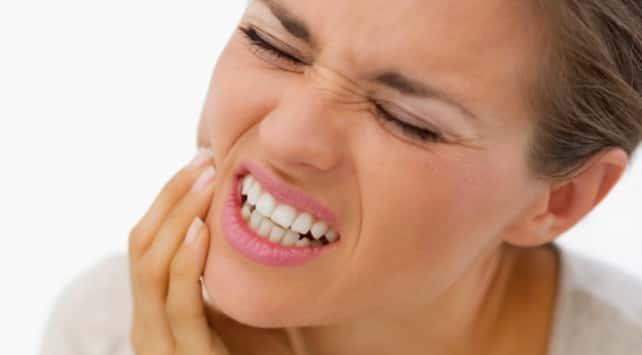Things to Know About Clenching
Salih ÖNDER2022-09-05T17:10:15+03:00Are You Clenching Your Teeth?
Teeth clenching and grinding is an involuntary activity that can occur at night and/or during the day. He sees it in the majority of adult individuals in the society; however, this condition is often not noticed by patients before various negative symptoms occur. The patient comes to us only in cases such as sensitivity, wear, shaking and fracture of the teeth, death in the dental nerves, injury to the surrounding tissues, jaw joint disorders, headache and dysfunction. He accepts the clenching and grinding observed in children as a normal process; We are also evaluating.
Why Do We Grind Our Teeth?
There are many reasons for clenching and grinding teeth, and among these reasons; Factors such as stress and personal characteristics, sleep patterns, breathing disorders during sleep, traumatic injuries, central nervous system disorders, illegal drug use (ectasia), drug treatments (seratonin), alcohol, caffeine and smoking can be counted.
What is Jaw Joint Discomfort?
Jaw joint disorder is a complex disorder that includes problems affecting the system consisting of masticatory muscles, jaw joint, some of the head and neck muscles, joint ligaments, teeth, cheek, lips and salivary glands. The number of patients who apply to us with the complaint of jaw joint discomfort is increasing every year. The reason for this increase is not that this disease did not exist in the past, but that dentists and otolaryngologists can diagnose these disorders with the increase in their knowledge level on this subject.
How Do I Know If I Have Jaw Joint Discomfort?
There are many signs and symptoms of temporomandibular (jaw) joint disorder. Some of these signs and symptoms include:
Sudden onset or gradual pain in the anterior region of the ear, jaw joint, face-neck muscles and temples,
- Facial pain and feeling of tiredness,
- Pain and fatigue when chewing or talking
- Difficulty in yawning and opening mouth
- Clicking, rattling sound when opening and closing the mouth,
- Restricted mouth opening or locked jaw
- Opening the jaw by sliding towards one side,
- facial swelling,
- pain in teeth,
- Sensation of not closing normally in the teeth,
- pain in the ears,
- ringing in the ears,
- Hearing problem in the ears,
- Headache,
- Pain and pressure around the eyes,
Pain related to the chewing muscles is caused by the overworking of these muscles during clenching and/or grinding; It can also cause headaches and headaches. Pain related to the jaw joint is caused by the changes in the hard and soft tissues in the joint.
What are the Causes of Jaw Joint Disorders?
Jaw joint disorders are multi-caused and include many diseases related to the region. The general view is that several factors together cause the discomfort. Some of these factors are:
- Trauma directly to the jaws (accident, blow, sports injuries, fall, impact),
- Dental treatments where the mouth needs to be opened for a long time,
- Excessive opening of the mouth during general anesthesia
- Activities such as teeth clenching and/or grinding, lip biting, nail biting, chewing gum,
- Abnormal relationship between upper and lower teeth.
How Is It Diagnosed?
The important thing in the diagnosis of jaw joint disorders is that the dentist has the ability and knowledge to correctly evaluate these data and make a differential diagnosis. The clinical examination takes approximately 30-35 minutes. After getting the necessary information about health problems from our patients, we try to reach the diagnosis with a detailed examination including the jaw joint and head and neck muscles. If necessary, we can also use MRI or other imaging methods for diagnosis.
How Can I Be Treated?
Treatment of clenching and/or grinding is not aimed at eliminating involuntary activity. The applied treatment method mostly includes controlling this activity by using intraoral appliances and preventing pathological or physical changes that may occur. The main purpose of the treatment of temporomandibular disorder is to regulate the pressure in the jaw joint and to provide normal jaw functions. Scientific research has proven that this disease can be controlled with the use of orthopedic splints, patient education, and physical and drug therapy when necessary, if the correct diagnosis is made.
Bakirkoy Hospital
Chief Physician Dt. Selma KURTOGLU

